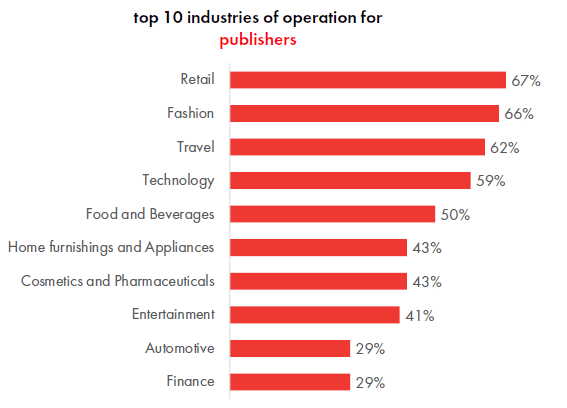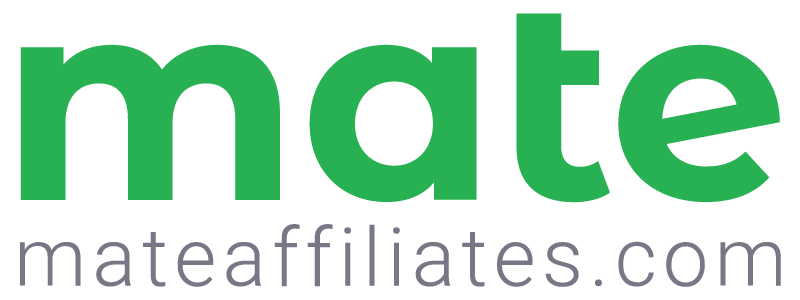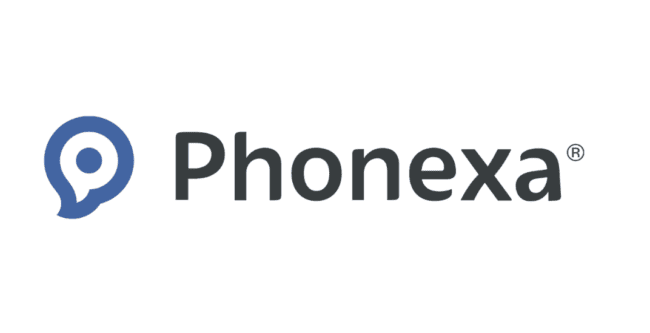The Raw Truth About Affiliate Marketing in Australia: 2025 Reality Check

The Unvarnished State of Play
Australia’s affiliate marketing landscape isn’t just surviving—it’s thriving in the shadows while mainstream digital channels struggle with attribution chaos and privacy crackdowns. The IAB’s latest industry review reveals a sector that’s quietly outperforming expectations with 43% of advertisers boosting spend despite economic headwinds.
But beneath the positive headlines lies a fragmented ecosystem where major players are squeezing out SMBs, commission structures are in flux, and both sides are wrestling with fundamental questions about value and attribution. With growth comes growing pains — and for brands and publishers alike, 2025 is a year where success will be defined not just by revenue, but by how effectively they adapt to complex shifts in tracking, regulation, and consumer expectations.

The Numbers Paint a Picture of Resilience and Growth
- 43% of advertisers increased affiliate spend in 2024, and nearly 60% plan to invest more in 2025.
- On the publisher side, 57% saw revenue growth, and 58% grew their advertiser base.
- One-third of advertisers now spend $50,000+ monthly on affiliate activity — a sign this channel is no longer the “side hustle” of media budgets.
- 87% of advertisers say affiliate marketing delivers ROI, making it one of the most consistently high-performing channels compared to even retail media.
These are not the numbers of an experimental channel — they’re the signs of a serious, scalable strategy.
But Here’s the Catch: A Third Are Not Ready for Privacy Reform
The review uncovers a troubling stat: 33% of respondents are unprepared for incoming privacy legislation reforms tied to the Privacy Act. With the first tranche already passed and more to come in 2025, this isn’t just a compliance issue — it’s a trust and tracking issue. Without consent-ready mechanisms and a deeper reliance on first-party data, affiliates and brands risk losing their ability to operate effectively.
Key takeaway: Affiliates and advertisers need to get serious about consent management, cookie-free tracking solutions, and transparent user data policies — now, not later.
Attribution is a Mess — and Everyone Knows It
Last-click attribution still dominates affiliate marketing, with 97% of advertisers using it at least some of the time, despite broad industry acknowledgment that it distorts the role affiliates play.
Advertisers cite “proving incrementality” and “understanding impact across all paid channels” as top challenges. Many still lean on GA4, but only 36% use affiliate platforms “always or often” as their source of truth. The rest operate with a confusing hybrid of tools.
Affiverse Insight: This is a wake-up call to the industry. Affiliate marketing doesn’t just need better attribution tools — it needs alignment across stakeholders on what “value” actually looks like in a multi-touch journey. Affiliates that can demonstrate upper-funnel influence, brand lift, or assistive sales will hold more weight in 2025.
Tenancy Fees Are a Barrier for Smaller Players
There’s growing unease about the creeping cost of participation:
- Tenancy fees and placement costs are up, but small businesses struggle to justify the spend.
- ROI isn’t always aligning with increasing affiliate demands.
- Brands report being pushed out of high-traffic placements by enterprise-scale advertisers like Amazon, eBay, and large supermarkets.
Affiverse Insight: Publishers need to be more flexible with pricing structures. Offering custom packages for emerging brands or performance-driven hybrid models (tenancy + CPA) could help preserve a more diverse, competitive marketplace.
Behind the Numbers: What’s Really Happening
The Power Shift
Content has dethroned rewards programs as the dominant promotional method (42% vs 19%)—signaling a strategic evolution beyond discount-hunting to value-driven partnerships. This isn’t just a tactical shift; it’s a fundamental realignment of how affiliate value is created and measured.
The ROI Paradox
While 87% of advertisers claim satisfaction with ROI, their actual challenges tell a different story: rising integration fees, diluted campaign effectiveness, and growing skepticism about incrementality. As one advertiser bluntly stated: “Many partners changing their business model and ROI dropping the most it has in years.“
The Market Concentration Problem
“Changing payment models pushing SMBs out of the market. The space is now more dominated by the giant brands, Amazon, eBay, travel, supermarkets etc.” This consolidation threatens the ecosystem’s diversity and creates leverage imbalances between publishers and advertisers.
Brutal Truths for Advertisers
- Your attribution is probably broken—88% still rely on last-click despite claiming to value customer journey insights. This disconnect between measurement and reality undermines your ability to properly value partnerships.
- You’re overpaying for some affiliates and undervaluing others—With tenancy fees skyrocketing without data-backed justification, advertisers are confronting a market where pricing and performance have become dangerously disconnected.
- Browser extensions are becoming problematic—Many advertisers specifically mentioned the challenge of finding high-performing affiliates “outside of browser extensions,” suggesting these tools are creating attribution disputes or value questions.
- Privacy preparedness is abysmal—A full third of the industry is unprepared for imminent privacy legislation changes that will fundamentally alter how data is collected and used. This isn’t just a compliance issue—it’s an existential threat.
Hard Facts for Publishers
- Google remains your existential threat—51% cite algorithm updates as their primary challenge, placing your business model at the mercy of a single company’s opaque algorithms.
- Content quality is now your competitive edge—With content overtaking rewards as the primary promotional vehicle, merely aggregating deals or offering cashback isn’t enough anymore.
- Commission rates alone won’t win advertiser loyalty—While rates matter (7.6/10 importance), they’re tied with tracking/compliance in importance, signaling a maturation beyond price-based competition.
- Economic headwinds are reshaping budgets—47% cite economic impacts as a major challenge, requiring publishers to demonstrate incremental value beyond what advertisers could achieve through direct spending.
The Unspoken Opportunities
- The attribution crisis creates advantages for sophisticated players—As traditional measurement falters, those who can prove incrementality gain disproportionate leverage in negotiations.
- Retail Media’s satisfaction gap opens doors—71% of affiliate advertisers using Retail Media are satisfied with its ROI versus 87% for affiliate marketing—a significant competitive advantage.
- Owned audiences become premium assets—As third-party data crumbles under privacy regulations, publishers with authenticated, first-party relationships become dramatically more valuable.
- Education creates arbitrage opportunities—Industry confusion around affiliate marketing’s differentiation from influencer or referral marketing creates positioning advantages for knowledgeable operators.
Actionable Intelligence for 2025
For Advertisers
- Stop treating all affiliates equally in your program structure—implement tiered incentives based on incremental value, not just volume
- Develop an in-house incrementality testing framework rather than relying on network-provided metrics
- Investigate GA4’s data discrepancies with affiliate platforms before making major budget decisions
- Diversify beyond the “giant brands” to regain negotiating leverage with premium publishers
For Publishers
- Focus on content quality that delivers legitimate pre-purchase value, not just conversion optimization
- Develop proprietary tracking protocols that remain resilient against browser changes and privacy regulations
- Build advertiser relationships based on transparency about traffic sources and conversion patterns
- Create unique first-party data assets that raise your value proposition beyond simple traffic referral
Final Thought: Affiliate Is Not “Easy Money” — It’s Strategic Revenue
The 2025 IAB report reinforces a broader truth we’ve long known at Affiverse: Affiliate marketing works best when it’s treated like a serious commercial channel — not a plug-and-play side tactic. As Australia continues to formalise and professionalise its affiliate ecosystem, brands and publishers that lean into transparency, innovation, and long-term value creation will thrive.
Those that don’t? Well, they’ll still be stuck debating whether GA4 is broken or if they should just pay the cashback site one more time.






